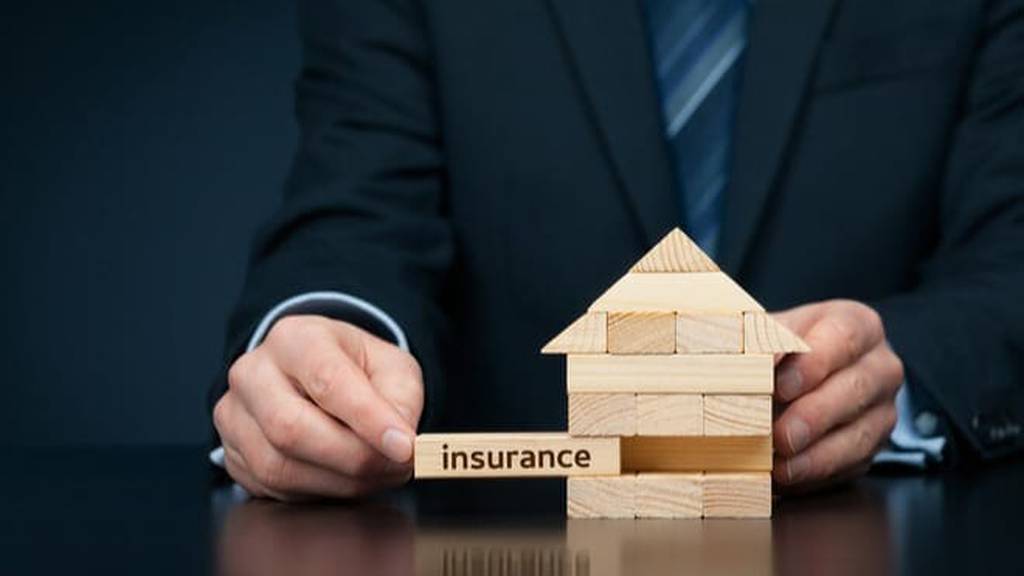Homeowners insurance is probably one of the most important types of insurance you’ll ever buy. It’s right up there with life insurance in terms of essential financial protection. But to get the most out of your homeowners insurance, you need to know your plan’s coverage details.
Like all types of insurance, homeowners insurance comes in a variety of coverage levels. Other forms of insurance - health, auto, etc. - are structured the same way. More coverage means higher premiums, and homeowners insurance is no different.
Here’s a quick look at the most common means of designating homeowners insurance policies and details on which coverage could be right for you:
HO-1 - The most basic type of coverage is called HO-1. HO-1 covers your home only against the most seldom and tragic disasters: fire or lightning.
HO-2 - Often referred to as broad coverage, HO-2 covers your home against HO-1 damage types, as well as against losses or damage due to windstorms, hail, vandalism, theft, explosion, smoke damage from vehicles and aircraft, glass breakage, and even riot. It will also cover you for the removal of property endangered by fire.
Related: The Best Insurance to Have When You Live in a Wildfire-Prone State
HO-2 also insures the policyholder against building collapse, plumbing mishaps such as accidental steam discharge or frozen pipes, damage incurred from the weight of snow (hope the Metrodome had that!), and the accidental burst of water heating systems.
HO-3 - Special forms of insurance are typically referred to as HO-3. These policies insure your home and other structures - garage, shacks, boathouse, and the like - against losses or damage from any source except those mishaps specifically mentioned as excluded in the policy. Most homeowners decide to purchase HO-3 coverage. If you get this sort of coverage, make sure you are thoroughly familiar with what is excluded.
HO-4 - HO-4 policies cover the same types of damage as an HO-2 policy. The difference is that HO-4 policies are typically for tenants to insure the personal effects and property the tenant keeps at a rented location.
HO-6 - For condominium unit-owners, HO-6 policies offer the ability to insure items not covered by any policy purchased by the condo association. HO-6 policies can also cover personal effects inside the individual unit.
HO-8 - Because old homes frequently contain building materials no longer in use, owners of older homes are precluded from buying replacement policies. HO-8 coverage is for such homeowners.
Rather than having typical replacement terms, HO-8 policies are modified to insure against the cost of installing modern, updated fixtures and materials. For example, an HO-8 policy would provide for the replacement of plaster walls with newer materials, or for old home electrical systems with newer, updated ones.
These specific coverage titles can vary from state to state, but for the most part, the distinctions between levels of coverage are generally the same. In other words, HO-3 policies might go by a different name, but policies of that type will still insure homeowners against all but the excluded events.
Of course, this is not an exhaustive list of the types of homeowners insurance available. Homeowners can, and often do, purchase supplemental insurance for events not covered in their primary policies.
For example, many policies do not cover homeowners against flood damage, which can be devastating in the event it happens. Just a few inches of flooding can rack up thousands in damage costs! Many homeowners in moderate-to-high-risk flood areas purchase supplemental coverage to make sure they’ll be kept financially afloat (pun intended) in the event of a flood.
Other individuals supplement their policies with personal liability insurance, included in many HO-3, HO-4, and HO-6 policies, which insure a policyholder against damages owed to others because of injury occurring on their property.
When looking for homeowners insurance, always remember to figure out the coverage you need first. Then, go shopping for comparable policies, and look for the best policy that meets your needs for the best price. Lemonade is a good place to start. While it doesn’t cover all states just yet, if you do reside in a state that is covered, you’ll likely find an affordable price for renters or homeowners insurance.









